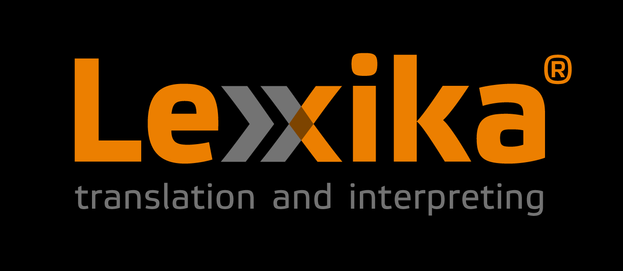With the number of internet users steadily growing worldwide, it is only natural to turn first to internet-based advertising or sales. Common sense tells us and expert studies confirm that as many as 75% of users prefer buying products or using services in an environment they know and understand, i.e. in their native language. This is equally true whether we’re talking about a brick-and-mortar store, a helpline, or an e-shop.
What happens when websites are translated?
An integral part of website translation is localisation,the website’s cultural adaptation. Some concepts that work well in the source language may have different impact in the target language, or might even be considered inappropriate. And that could negatively impact your business.
That’s why native speaker proofreading or transcreation is crucial. Native speakers are best suited to adapt the content to the target culture, to convey the desired impression and natural tone. Keywords should also be researched by native speakers living in the target language environment. Well-chosen keywords are one of the key elements of effective online marketing.
To translate or not to translate
There is no doubt that translating product and service descriptions, as well as information about your company or any other content your customers come across is important. But before you start, we recommend considering whether you need to translate the whole website. For example, if you offer certain services only in your local area, it’s not necessary to translate those pages. That could confuse potential customers.
Make sure to translate all the information that is visible to customer during their shopping experience, down to the smallest of details:
URL addresses
hidden messages or error messages displayed when filling out forms (such as information about a successfully submitted form or an incorrectly-entered phone number)
metadata
picture/image titles, along with alternate texts for an image, and possibly even text in the images themselves (sometimes it might even be necessary to change the entire image)
date, time, menu, and phone number format, as well as the format of other numerical figures and units of measure
documents and other materials for downloading (such as price lists and instructions for use)
text on a page not found (404 error)
e-mail and text messages sent automatically to the customer during purchase (such as an order summary, or confirmation of successful payment)
information in live chat tools, chatbots, etc.

Choosing the correct approach
Once you’ve gathered everything that needs to be translated and localised, decide on the process and tools. The decision depends largely on the following:
the size of the website
the content management system (CMS) used
the frequency and scope of new content updates
There are several ways to translate website content – from copy-pasting to automated translation systems. The usual options are:
import and export
CMS integration
CMS plugin
intermediary solution – translation proxy
Copy-paste method
1. Content import and export
The easiest way to translate a website is to export the content to be translated, most often in xml or html. After the translation is completed, the files are imported back on the website. This approach might be more time-consuming, and brings a greater risk of errors. But it does not require any special software.
2. CMS integration
In this case, the CMS is integrated with a translation management system (TMS). This process will probably require an initial investment of time and money. On the other hand, it yields the benefits of significant automation during translation, as well as lowering the costs for future management and updates. This approach is most beneficial for regularly-updated websites with multiple language options, such as e-shops.
3. CMS plugins
If you use any of the popular content management systems, such as WordPress, Joomla, or Drupal, you will find a number of translation plugins which can be used, either free of charge or for a fee.
The use of plugins is more often suitable for smaller or less complex websites. The downside of this process is that CAT tools cannot be used.
4. Intermediary solution – translation proxy
You could think of “translation proxy” services as a foreign language filter layered over your website. The service takes the structure and contents of your site, allows their effective translation, and then displays them in the translated form without interfering with the original website. The benefits include a quick and easy set-up, the possibility of integration with translation management systems (TMS), the use of CAT tools, and automation. At present, however, these services have some limitations, and may not fit everybody’s needs.
5. Copy-Paste of text
Despite the technological possibilities, innovations, and simplifications offered today, sometimes the ideal solution remains copying text from a website, pasting it into a text editor for translation, and then copy-pasting it back. As out-of-date as this may sound, it remains an effective solution for smaller websites or when the other options are not feasible.
Let’s wrap it up
The work is almost done. Before your new website is published, make sure it is thoroughly tested providing a seamless visitor experience in the target language(s). If you’ve already translated your site, don’t let it sit idle. You have to look after it, update it regularly within the scope of SEO activities, and gradually add new content.
Support your translated website with further marketing activities:
Increase the site’s visibility with a PPC campaign
Send out interesting offers and news through a newsletter
Write blog posts with useful information for potential and current customers
Be active on social media, etc.
This way, you’ll be able not only to increase your brand awareness in other countries, which may bring you new customers, but also keep the attention of the customers you already have.
Still thinking?
Over the years, as we have translated and localised websites, we’ve identified several characteristics typical for each of the given options.
If you can’t decide which method of website translation is right for you, don’t hesitate to contact us for a free consult.


